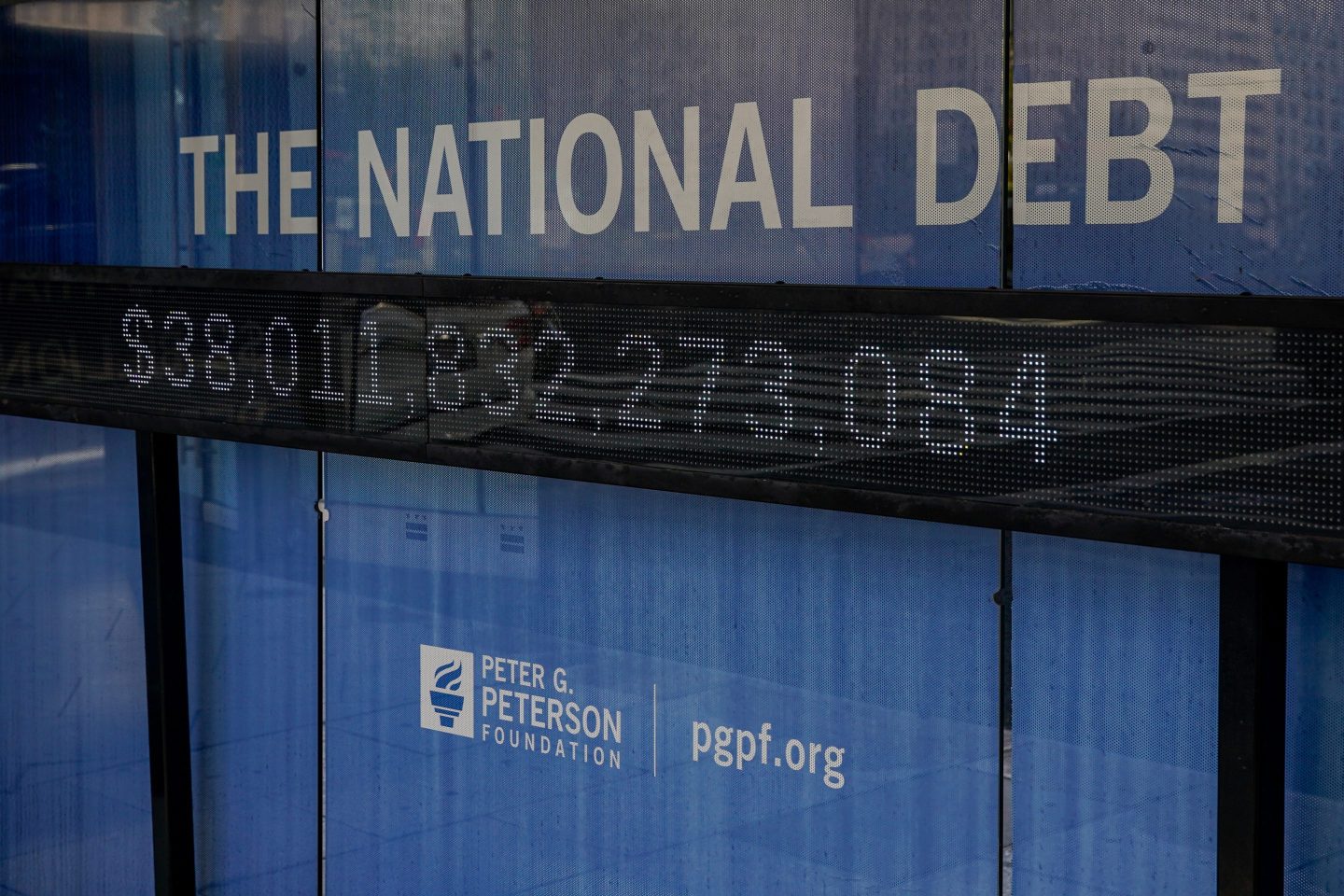Good morning. Some of the largest U.S. companies may be hesitant in using the term ESG due to recent pushback, but executive bonuses are increasingly being tied to supporting environmental, social, and governance principles—including at top firms like Nike, Chipotle, and Mastercard.
Seventy-six percent of U.S.-based S&P 500 companies reported in 2023 proxies incorporating at least one ESG metric into executive incentive plans, according to newly released research by Willis Towers Watson (WTW). This is an increase from 69% the previous year and 60% in 2021, meanwhile in Europe the prevalence of ESG metrics has increased from 90% to 93% year over year.

Some U.S. companies might not use the ESG label because they view it as counterproductive, Ken Kuk, senior director of work and rewards at WTW, told me. Meanwhile, he added, other companies may fully support using the term “and even for the companies that want to address some of that sensitivity in the market, what we’re seeing is that they’re still looking at how these things connect to the business and drive value.”
In determining the connection to bonuses, companies rely on a mix of empirical ESG goals and qualitative assessments, according to WTW. The median weighting of ESG metrics (collectively when more than one is used) is, on average, 20% in the U.S. and Europe.
“Let’s say a hypothetical executive makes $100,000 in salary and $100,000 in bonuses,” Kuk explained. “Usually the 20% of the ESG metric is in the bonus.”
For example, a company may set a goal to increase the representation of women in leadership by 10%. “If you come in at 10%, usually you retain that 20% of your bonus, and get that $20,000 payout,” Kuk said. If the company only reaches 5% on women representation, then the executive might only receive $10,000.
The research found that 70% of S&P 500 firms now include at least one human capital metric in their executive incentive plans. Categories within this metric include diversity, equity, and inclusion, talent management, and employee engagement, among others. Over the past three years, the use of environmental metrics rose from 12% to 44% in the U.S. while, across all markets, carbon emission reduction is by far the most prevalent environmental metric, WTW found.
To conduct the research, WTW reviewed public disclosures from 1,146 companies listed in the S&P 500, TSX 60 in Canada, nine major European indices, and the largest companies across seven markets in the Asia Pacific region.
Companies, Kuk told me, are continually examining ESG categories and incentives, with top C-suite leadership always trying to answer the question: “What is actually going to be impactful to our business long term?”
Sheryl Estrada
sheryl.estrada@fortune.com
Leaderboard
Elaine Paik was named CFO at Impossible Foods, a company that develops plant-based substitutes for meat, dairy, and fish products. In addition to 25 years spent at the Colgate-Palmolive Company where she served as global treasurer, Paik was most recently the CFO at Juul Labs, Inc.
Michael Bourque was named CFO at Inogen, Inc. (Nasdaq: INGN), a medical technology comapny, effective March 4. Bourque succeeds interim CFO Mike Sergesketter, who will remain in an advisory role during the transition. Bourque has served as CFO and treasurer of Chase Corporation since 2021. He also served as CFO of Keystone Dental, and SVP, CFO, and treasurer of Analogic Corporation.
Big deal
Grant Thornton's Technology Industry CFO survey finds that many leaders are getting ready to grow again in the coming year. Fifty-nine percent said their company will launch new products or services and 57% said they plan to expand into new markets or geographies. The three biggest challenges in the next six months are technology upgrades, cybersecurity risks, and supply chain, according to the report.
Another key finding is the 150 tech CFOs surveyed indicated that they need to rationalize growth with near-term returns, and many need to raise more capital. Most are measuring return on investment through improved productivity and revenue growth.

Going deeper
A new article in Wharton's business journal dives into the research paper, “Dollar Asset Holding and Hedging Around the Globe,” by Wharton finance professor Amy Wang Huber and Wenxin Du, professor of financial institutions at Columbia Business School. After analyzing 20 years of data, the professors found that, while foreign investors want securities denominated in dollars, they do not necessarily want the dollar itself.
Overheard
"Scale matters. We’re going to have to play that game."
—Bill Demchak, CEO of PNC Financial Services Group (PNC), the sixth-largest lender in the U.S., no longer wants it to be viewed as a regional bank. In the wake of the regional banking crisis last spring, Demchak wants PNC to be known "coast to coast as a ubiquitous standard brand," he said last week on a conference call with analysts, Yahoo Finance reports.
This is the web version of CFO Daily, a newsletter on the trends and individuals shaping corporate finance. Sign up for free.













